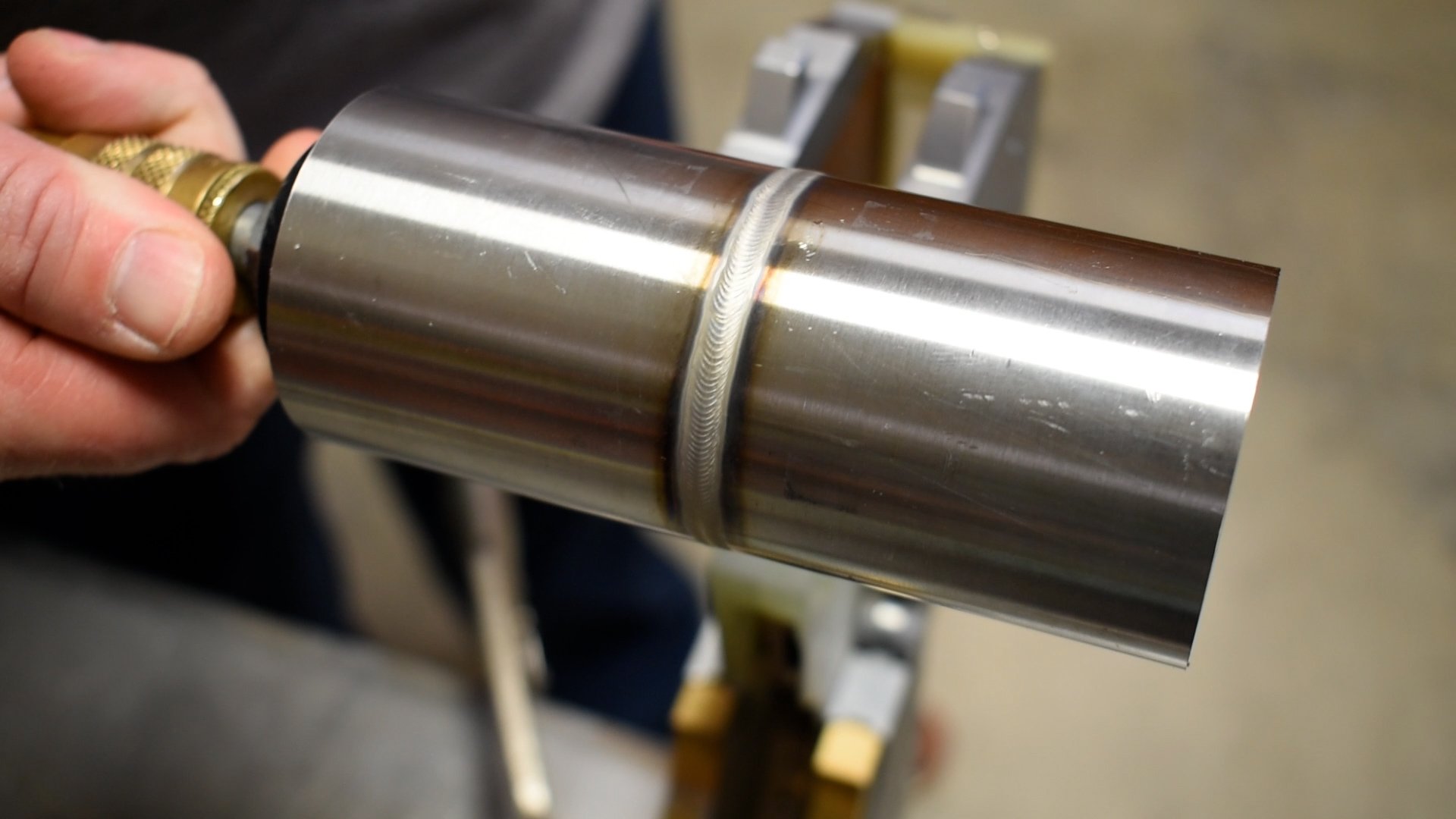Exactly How to Avoid Weld Undercut: Essential Tips for Welders
Exactly How to Avoid Weld Undercut: Essential Tips for Welders
Blog Article
Understanding the Art of Welding: Just How to Stay Clear Of Undercut Welding Issues for Flawless Construction Results
By comprehending the root causes of undercut welding and implementing effective strategies to stop it, welders can raise their craft to new levels of excellence. In the quest of perfect fabrication results, grasping the art of welding to avoid undercut concerns is not simply an ability yet a need for those aiming for excellence in their work.
Understanding Undercut Welding

To avoid undercut welding, welders should make certain appropriate welding parameters, such as readjusting the present, voltage, travel speed, and preserving the correct electrode angle. In addition, using the ideal welding method for the specific joint setup is important. Employing weaving activities or backstepping strategies can aid make sure correct weld steel deposition and minimize the possibility of undercut formation. Routine inspection of welds throughout and after the welding process is additionally critical to capture any kind of undercut very early and make essential adjustments to avoid further flaws. Preventing weld undercut. By comprehending the reasons for undercut welding and applying safety nets, welders can accomplish high-grade, structurally sound welds.
Root Causes Of Undercut in Welding
Recognizing the variables that contribute to damage in welding is vital for welders to produce top quality, structurally audio welds. Insufficient welding inaccurate or current welding speed can additionally add to undercut. Comprehending these reasons and executing appropriate welding techniques can help avoid undercutting issues, ensuring solid and long lasting welds.
Strategies to stop Undercutting

To mitigate the risk of undercutting in welding, welders can employ calculated welding techniques intended at improving the high quality and honesty of the weld joints. One reliable approach is to change the welding criteria, such as voltage, present, and travel speed, to make certain correct warmth input and deposition. Preserving an ideal electrode angle and making sure consistent traveling speed can also help prevent undercut. In addition, making use of the right welding technique for the details joint setup, such as weave or stringer beads, can contribute to decreasing undercutting. Preventing weld undercut.
Moreover, correct joint prep work, consisting of making certain clean base materials without pollutants and making use of the proper welding consumables, is crucial in protecting against undercut issues. Utilizing back-step welding strategies and managing the weld grain account can additionally assist distribute heat evenly and lessen the threat of undercut. Regular evaluation of the weld joint throughout and after welding, along with carrying out quality control procedures, can aid in identifying and attending to undercutting issues promptly. By applying these methods diligently, welders can achieve flawless manufacture results with very little undercut issues.
Significance of Proper Welding Parameters
Picking and preserving proper welding specifications is necessary for attaining effective welds with very little problems. Welding parameters refer to variables such as voltage, current, travel speed, electrode angle, and securing gas circulation price that straight influence the welding process. These parameters have to be very carefully changed based upon the kind of product being bonded, its thickness, and the welding strategy used.
Appropriate welding specifications make sure the appropriate quantity of heat is used to thaw the base steels and filler material consistently. If the parameters are set also high, it can result in too much warmth input, causing burn-through, distortion, or spatter. On the various other hand, if the specifications are as well low, incomplete blend, lack of infiltration, or damaging might occur.
High Quality Assurance in Welding Operations

Verdict
To conclude, grasping the art of welding requires a thorough understanding of undercut welding, its causes, and strategies to stop it. By guaranteeing correct welding parameters and implementing quality control techniques, flawless construction results can be accomplished. It is necessary for welders to regularly strive for excellence in their welding operations to prevent undercut concerns and generate high-quality welds.
Undercut welding, an usual flaw in welding processes, takes place when the weld steel does not properly fill up the groove and leaves a groove or clinical depression along the bonded joint.To protect against undercut welding, welders need to make certain appropriate welding criteria, such as adjusting the existing, voltage, traveling rate, and keeping the right electrode angle. Insufficient welding wrong or current welding speed can likewise contribute to undercut.To reduce the threat of undercutting in welding, welders can use strategic welding methods aimed at improving the top quality and stability of the weld joints.In final thought, browse around this web-site grasping the art of welding needs a complete understanding of undercut welding, its causes, and strategies to avoid it.
Report this page